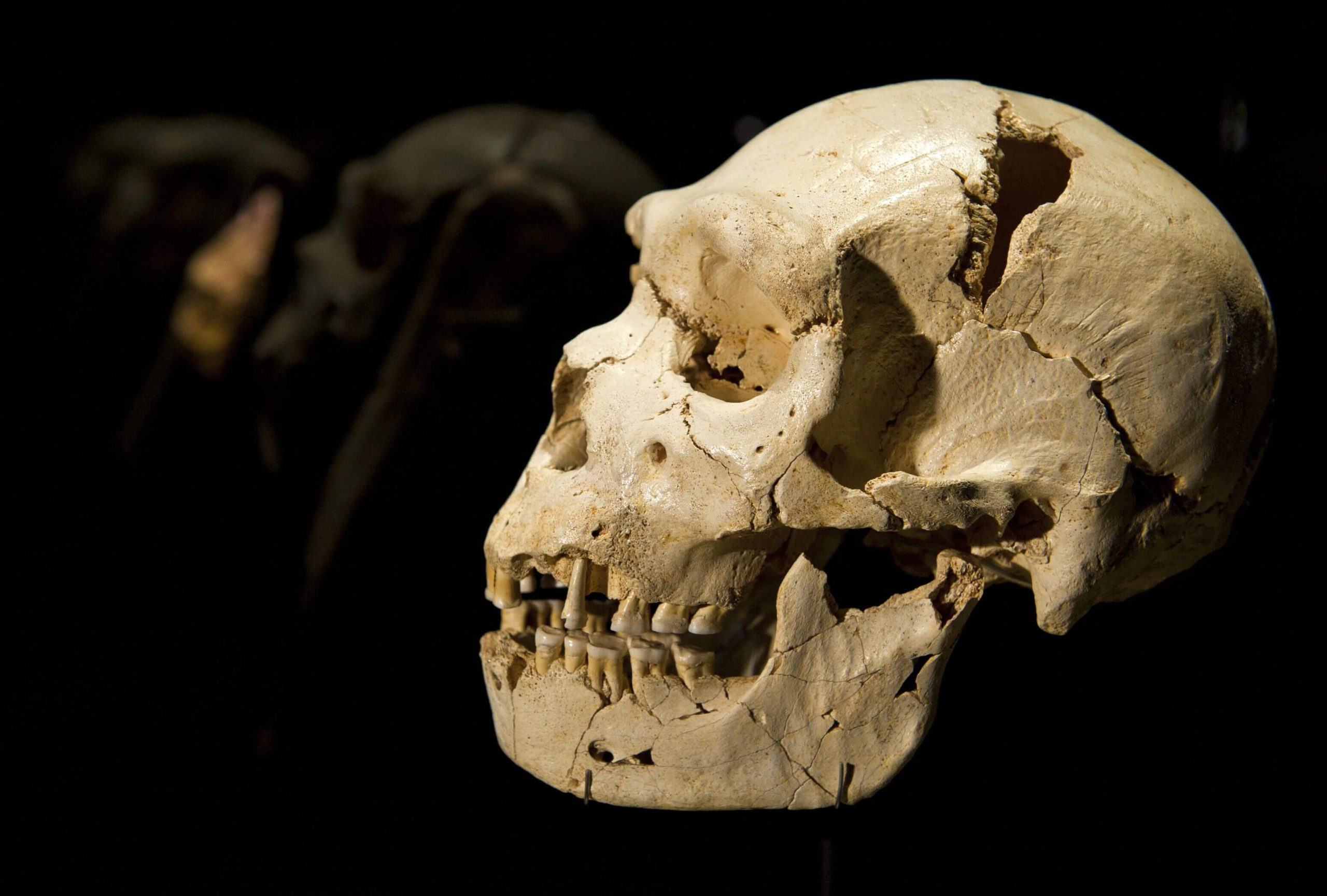By: Michelle Starr | Science Alert
According to the results of a genomics study published last year, modern humanity’s ancestors were reduced to a breeding population of barely 1,300 individuals in a devastating bottleneck that brought us to the very brink of annihilation. Now, a new study has found that a mass migration of humans out of Africa occurred at the same time.
It’s a discovery that confirms the previous dating of the population decline, and suggests that the two are linked to a common denominator; an event known as the Mid-Pleistocene Transition, in which Earth’s climate underwent a period of utter turmoil, wiping out many species.
Monster In The Village: Petar Blagojevic, The Vampire of Kisiljevo
The movement of early humans into and across Europe and Asia from Africa is difficult to reconstruct. The best evidence we have consists of a sparse record of bones and mostly stone artefacts, which can be challenging to date. However, the evidence suggests that it wasn’t one event, but multiple waves of early hominids and human ancestors that packed up their lives and made long journeys into new environments.
Two recent studies have linked human migration to a population bottleneck, based on different types of analysis. A close reading of the human genome found that a population bottleneck caused a loss of genetic diversity some 900,000 years ago. A second study, published a few weeks later, studied early archaeological sites in Eurasia, and dated the bottleneck to 1.1 million years ago.
This discrepancy makes it challenging to identify the climate event that may have caused or at the very least contributed to the temporary drop in numbers, so geologists Giovanni Muttoni of the University of Milan and Dennis Kent of Columbia University embarked on an effort to narrow down the timing of the bottleneck.
First, the researchers re-evaluated records of sites of early hominid habitation across Eurasia, and found a cluster of sites reliably dated to 900,000 years ago. In comparison, the dating on older sites used as evidence of a population bottleneck was more ambiguous and therefore disputable.
They compared their findings to marine sediment records, which preserve evidence of changes in the climate in the form of oxygen isotopes. Ratios of oxygen trapped in sediment layers indicate whether the climate was warmer or cooler at the time the minerals were deposited.
The genomic data and the dating of the hominid sites together suggest that the bottleneck and the migration were simultaneous. During the Mid-Pleistocene Transition, global ocean levels dropped, and Africa and Asia dried out, with large patches of aridity. Hominids living in Africa would have faced horrible conditions depriving them of food and water. Fortunately, with the falling sea level, land routes into Eurasia became available and they were able to skedaddle, according to the researchers’ model.
This is not to say, they carefully note, that hominids had not migrated previously. Rather that the population bottleneck in the ancestor of modern Homo sapiens and the migration thereof occurred at the same time as a result of the climate upheaval that was occurring some 900,000 years ago.
“We suggest that the enhanced aridity during marine isotope stage 22 that caused the spread of savanna and arid zones across much of continental Africa pushed early Homo populations in Africa to adapt or migrate to avoid extinction,” they write in their paper.
“Rapid migration in response to a severe climate trigger and concomitant means to escape is what can account for the … migration out-of-Africa at 0.9 million years ago and contribute to the modern genomic evidence in modern African populations of the bottleneck.”
The findings have been published in the Proceedings of the National Academy of Sciences.
* * *
NEXT UP!
This Ancient Maya City Was Hidden In The Jungle For More Than 1,000 Years
Researchers from Mexico’s National Institute of Anthropology and History (INAH) have discovered the remains of a centuries-old Maya city in the Balamkú ecological reserve on the Yucatán Peninsula.
In a statement, lead archaeologist Ivan Šprajc says the settlement probably served as an important regional centre during the Maya Classic period, which spanned 250 to 1000 C.E. The team named the newly discovered ruins Ocomtún—“stone column” in Yucatec Mayan—in honour of the many columns found at the site.
“The biggest surprise turned out to be the site located on a ‘peninsula’ of high ground, surrounded by extensive wetlands,” says Šprajc in the statement, per Google Translate. “Its monumental nucleus covers more than [123 acres] and has various large buildings, including several pyramidal structures [nearly 50 feet] high.”
* * *
READ MORE: This Could Be The Earliest Evidence of A 260-Day Maya Calendar Ever Found
Intresting! Were The Mayans Visited by Ancient Astronauts?
Telegram: Stay connected and get the latest updates by following us on Telegram!
We’d love to hear from you! If you have a comment about this article or if you have a tip for a future Collective Spark Story please let us know below in the comment section.

